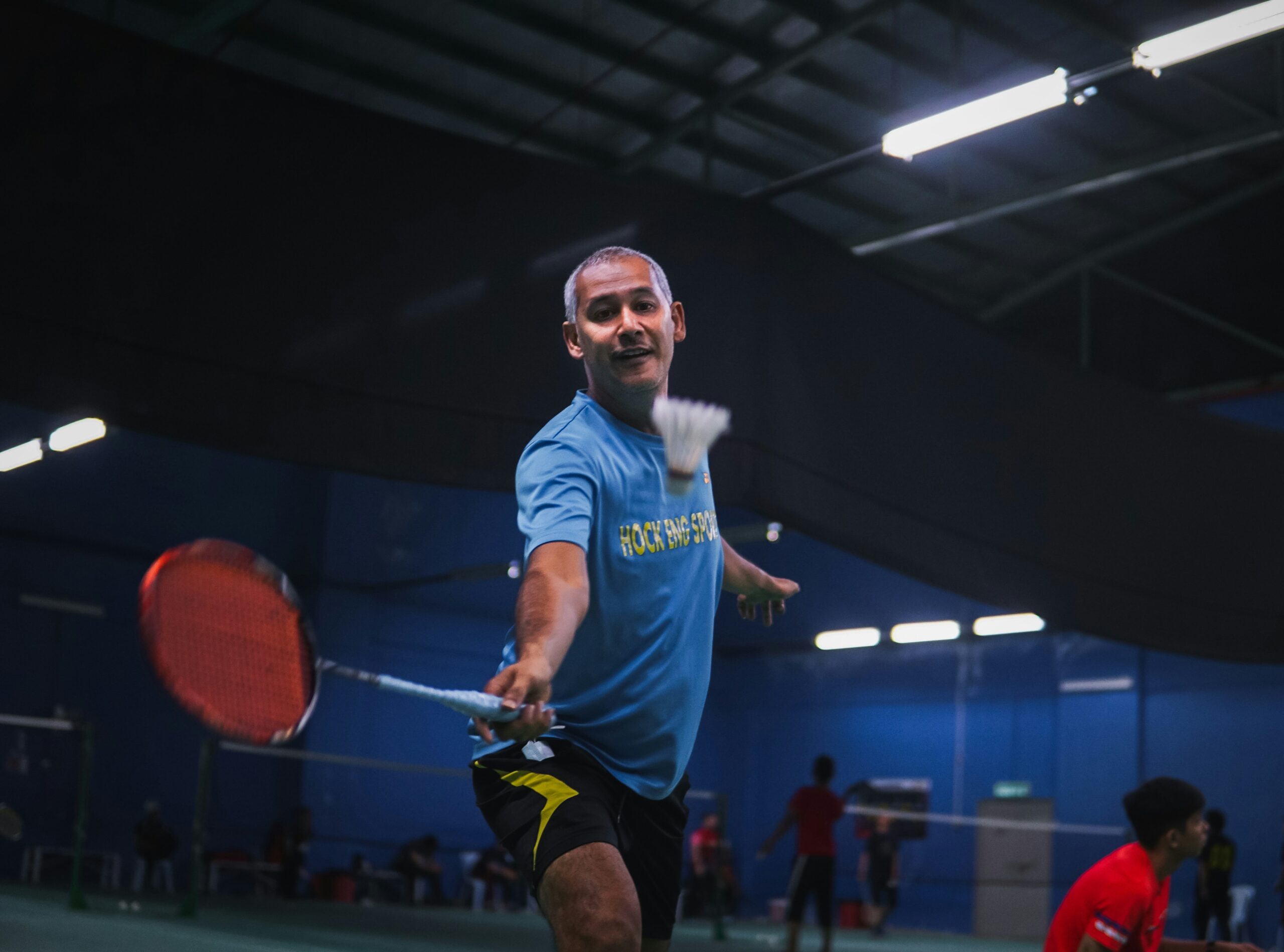
Image Source: Unsplash
Sports biomechanics is a field that examines the mechanical aspects of human movement in sports and exercise, integrating principles of physics and engineering to analyze how athletes perform. This scientific approach plays a crucial role in enhancing athletic performance, preventing injuries, and informing treatment strategies in orthopedic practices.
At its core, sports biomechanics seeks to understand the forces acting on the body during physical activities. By analyzing movement patterns, orthopedic professionals can identify risk factors for injury and develop tailored interventions. For instance, a biomechanical analysis of a runner’s gait can reveal inefficient movement patterns that may lead to overuse injuries like shin splints or IT band syndrome. With this knowledge, orthopedic specialists can recommend specific exercises, techniques, or even orthotics to correct these issues, promoting safer and more efficient movement.
Moreover, sports biomechanics is instrumental in rehabilitation settings. After an injury, understanding the biomechanics of an athlete’s movement is essential for adequate recovery. Biomechanical assessments can guide physical therapists in designing personalized rehabilitation programs that not only address the injury but also restore optimal movement mechanics. This approach not only aids in recovery but also minimizes the risk of re-injury, ensuring that athletes can return to their sport safely.
Incorporating sports biomechanics into orthopedic practices also enhances performance optimization. By studying the mechanics of specific sports, practitioners can provide athletes with evidence-based training techniques that improve efficiency and power. For example, analyzing a basketball player’s jumping mechanics can lead to insights that enhance their vertical leap while also reducing the risk of knee injuries.
Furthermore, advancements in technology, such as motion capture systems and wearable sensors, have made it easier for orthopedic professionals to conduct detailed biomechanical assessments. These tools provide real-time feedback on an athlete’s performance, allowing for immediate adjustments in training and rehabilitation protocols.
The integration of sports biomechanics into orthopedic practices has far-reaching implications. By understanding the mechanics of human movement, orthopedic specialists can better prevent injuries, optimize rehabilitation, and enhance athletic performance. This collaboration between sports science and orthopedic medicine is essential for promoting the health and success of athletes across all levels.